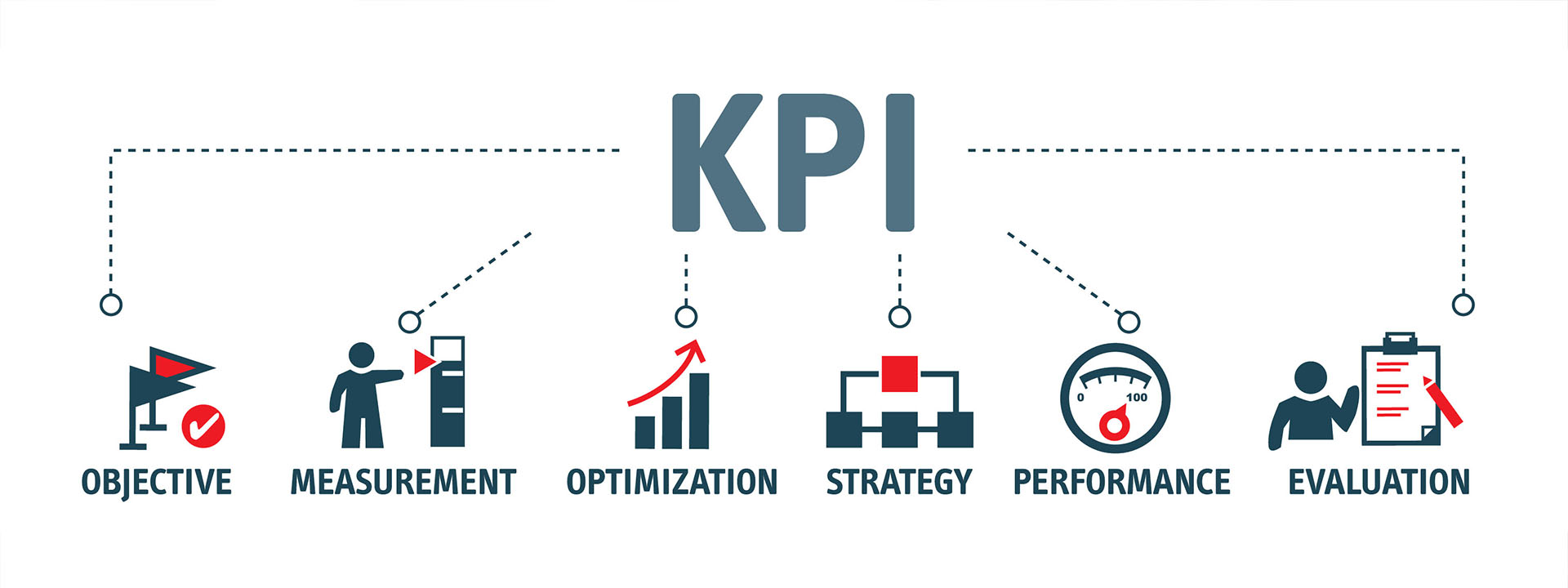Business Process Outsourcing (BPO) has become an integral part of modern business operations. In the last decade, several companies have begun subcontracting their operations to BPO companies both locally and offshore. Did you know, according to a report, the market value of the BPO industry went from $45.6 trillion to $92.5 trillion between 2000-2019?
BPO services mostly range from customer and technical support to accounting, executive assistant services, and data entry. Given the enormous number of customer calls that pour in an outsourced call center, managers need to take calculated decisions to deliver high quality services. Therefore making it critical for them to monitor key metrics for every agent attending a customer call.
Key Performance Indicators (KPIs) play a pivotal role in this regard. They provide operations-critical and precise data to help managers make informed decisions and optimize outsourcing arrangements for sustained business success.
In the following sections of this blog, we will delve deeper into the top 10 KPIs that you must track for your BPO’s success and how cloud telephony can help you in do it better.
What is the importance of KPIs for BPO companies?
KPIs are like magic numbers that tell you how well your outsourced call center is doing. It’s like collecting the level-up stars in Super Mario. The more you collect, the higher you score. KPIs have the same significance for bpo companies as those stars are for Mario.
The KPIs help BPOs gauge if they are doing things right and if they are helping their client company achieve their goals or not. For instance, BPO agents that interact with customers over calls would measure each customer’s satisfactions levels, making it a KPI. Another KPI would be how quick they solve each customer query. There are plenty more of these that help teams stay aligned and work in sync towards the bigger objective.
![]()
Read our blog page “Inbound call center” here.
Top 10 KPIs for the success of the BPO industry
KPIs ensure efficiency, quality, and customer satisfaction in the operations of a BPO. From tracking agent performance, productivity, and SLA adherence, to enabling data-driven decision-making, they aid in assessing all these attributes in a BPO. With AI and automation integration, KPIs also measure digital transformation success and customer experience improvements. Effective KPI management directly impacts client retention and profitability.
Fret not, you needn’t stress about every single one of them.
We have collated a list of 10 vital KPIs that help BPOs succeed.
Customer Satisfaction (CSAT)
It measures how happy your customers are with the services/ products you provide. It is one of the most crucial metrics to gauge the success of a contact center BPO and is often collected through surveys or feedback forms. Here’s what a sample survey question can look like “On a scale of 1-10, how satisfied are you with the solution provided?”
Based on the score, the customer can be classified into one of the following groups:
-
Extremely dissatisfied
-
Dissatisfied
-
Neutral
-
Satisfied
-
Extremely satisfied
First Call Resolution (FCR)
The FCR stands as one of the vital metrics that BPO managers must track as it indicates how many customer issues are resolved in the first interaction, without needing a follow-up. It is indirectly proportionate to the number of follow-ups agents must do. The lower the FCR rate, the greater number of follow-ups.
To calculate the FCR rate, you can use the given formula here.

Average Handling Time (AHT)
It measures how long BPO agents take on an average to handle a customer query or issue from start to finish. It helps managers set benchmarks and identify agents who need more training. Overall, it is a great efficiency indicator.
It is also proportionate to the BPO’s CSAT scores. The longer it takes to resolve a case, the more dissatisfied the customers get. To calculate the AHT for a BPO call center software, you can use the following formula:

Average Waiting Time (AWT)
The average waiting time in a BPO contact center helps you learn how long customers must wait before they can talk to an agent. If the average waiting time is short (a few minutes), it signifies that customers don’t have to wait long to talk to an agent. Long waiting queues can frustrate callers, impacting customer satisfaction levels and eventually, overall revenue.
Employee Utilization Rate
It evaluates how efficiently BPO staff are being used, ensuring they are productive and not overworked. It is the percentage of a BPO agent’s billing work vs administrative work spent during their total working hours.
Agent Attrition Rate
It reflects the turnover of employees within the BPO, which impacts overall service quality and consistency. BPO agents are as important as its customers considering they form the foundation of the organization and its various services. It also affects the team’s morale, making it a valuable contact center metric to track.
Cost Per Contact
It calculates the average cost of handling each customer, helping to monitor and manage total operational expenses. The company pays a price for every call made, every hired employee, and every operation going on. The time and amount spent on acquiring a new customer every time helps the BPO justify the revenue generated and track their expenses.
Net Promoter Score (NPS)
It measures your business’s customer loyalty and the likelihood of recommending your services to others, providing insights into client satisfaction. It is a great way to measure customer loyalty and gauge brand popularity.
Each customer response can be categorized into three groups:
Promoters: Customers that rate you between 9-10 and are your preachers for your brand’s products and services.
Passives: Customers who rate you between 7-8, who may or may not actively promote your business. They are also the ones who don’t speak negatively about your business.
Detractors: Unhappy customers who rate you between 0-6. People who are likely to discourage others from using your products or services.
Customer Churn Rate
The customer churn rate refers to the number of customers who leave using the product or services offered. It is applicable to every business yet has more value to BPO contact center. A contact center’s churn rate can be helpful for customer success teams as it determines how many customers end their relationship with the business. To get precise results, you can use the following formula:

Monthly Recurring Revenue
While not specific to customer service, this financial KPI is critical for the overall success and sustainability of the BPO, especially SaaS companies. Using this KPI, such businesses can measure the direction in which their organization’s efforts are moving. It also helps businesses determine service fees as it tells them how much they can and do spend on an average every month.
To calculate the MRR, you can use the following formula:

Acefone helps you track better
Acefone has helped several BPO contact centers deliver high quality services with the help of our cloud-based solutions, especially with our Contact Center solution.
Acefone’s cloud contact center solutions come with a live dashboard that gives you a dynamic view of your selected business critical KPIs. It has real time call monitoring, in-depth analysis, and plenty more features that let you track your BPO agents’ performance and plan the way forward.
If you want to know more about this, you can read it in this case study where we talk about how we helped a business improve their query resolution time with our contact center solution.
The Bottom Line
KPIs play a vital role in ensuring that BPOs operate efficiently, meet client expectations, and continuously improve their processes. They provide a structured approach to manage overall performance. They also help maintain a productive and successful outsourcing relationship between all involved parties.
With Acefone’s cloud telephony solutions you get the best calling experience for your BPO cloud contact center. Easy to use cloud calling solutions with tailored features matching your business’s evolving needs.















